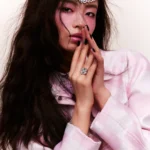Hugh Grosvenor, the 7th Duke of Westminster, officially tied the knot last week! Dubbed the “world’s most eligible bachelor,” he earned this title because those richer than him weren’t as young, handsome, or titled, while those younger and more handsome lacked his wealth and background. After all, he is Britain’s wealthiest hereditary duke.
Prior to the wedding, media speculated about which of his two close friends – Harry or William – would attend. The Duke, not wanting to be upstaged, ultimately invited only William to the ceremony.
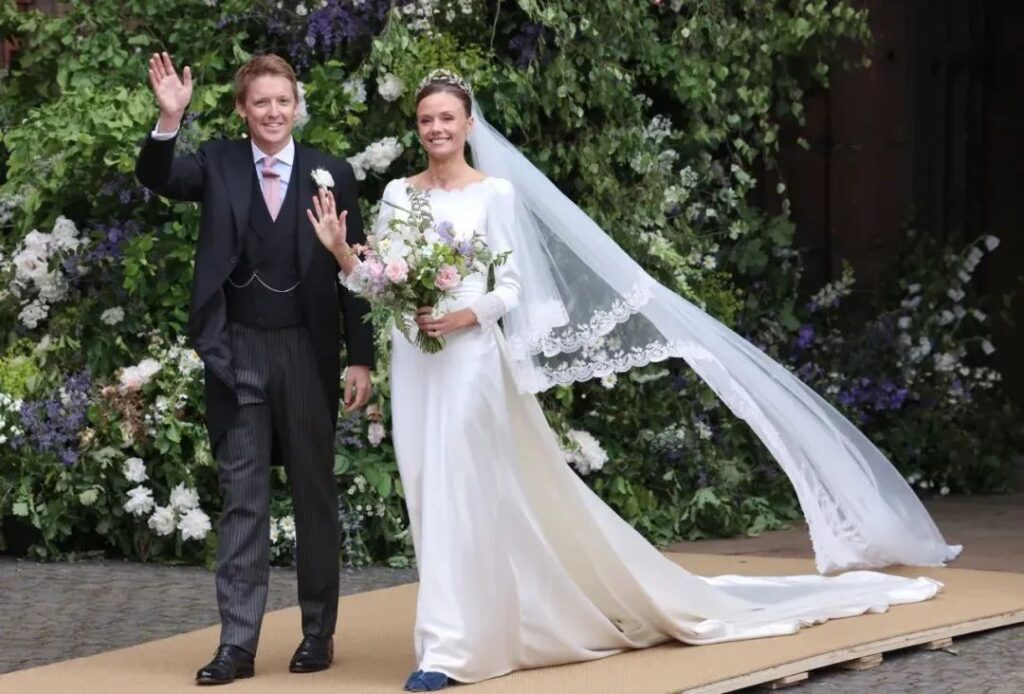
However, the most eye-catching feature of the event was the bride’s Fabergé Myrtle Tiara! Before the wedding, gossip media and royal jewelry experts had been buzzing about which tiara would make an appearance. Given the Westminster family’s rich collection of jewels, including several famous tiaras, and their tradition of purchasing tiaras for new brides, this sparked intense public interest.
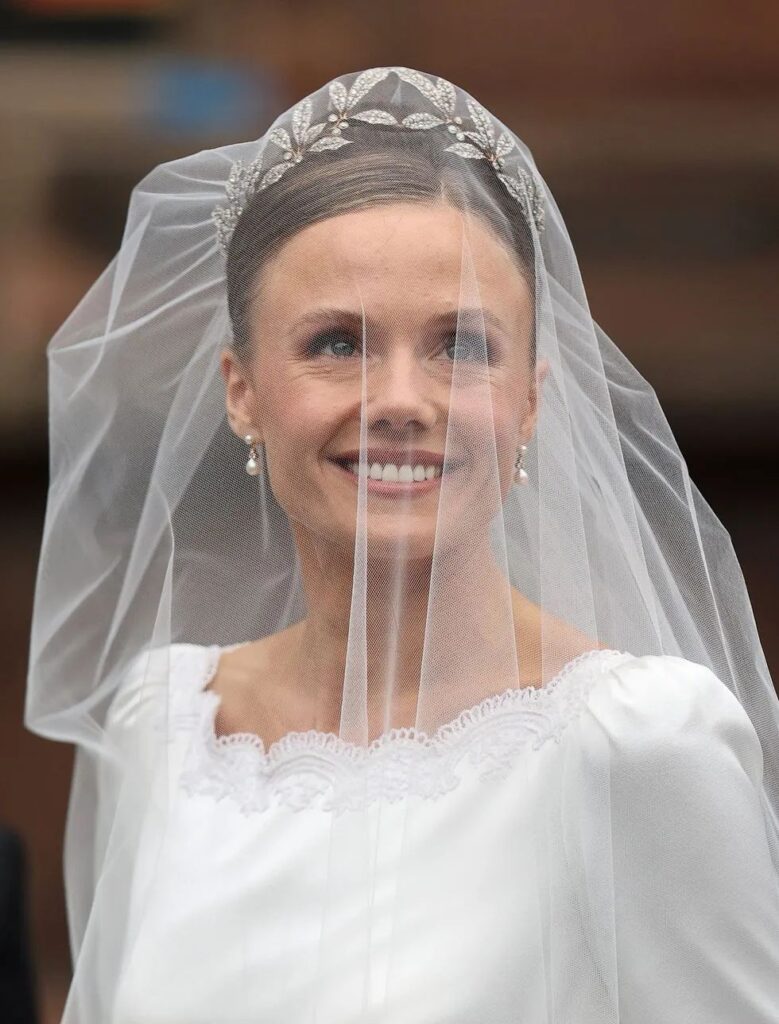
The title of Duke of Westminster has been passed down for seven generations. The family owns nearly half of London’s prime real estate and has maintained close ties with the royal family. The groom is King Charles’ godson and is perhaps the only close friend who maintains good relationships with both William and Harry, being godfather to William’s son George and Harry’s son Archie.
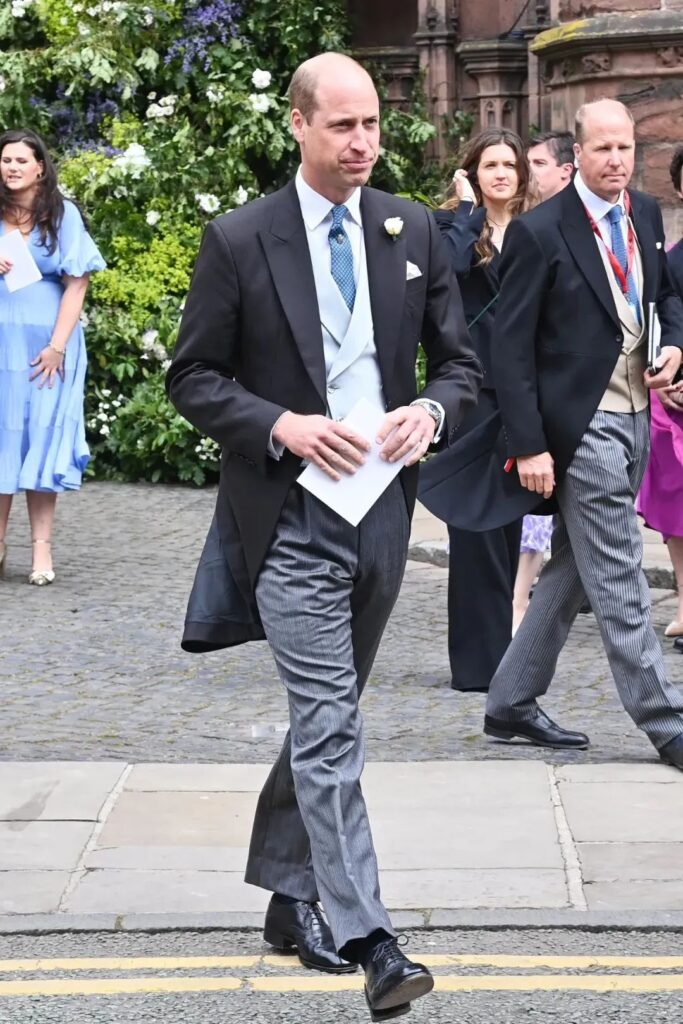
The family’s history is quite extensive. Under the 6th Duke of Westminster, the family business thrived, with their wealth ranking second only to Queen Elizabeth II. Naturally, they accumulated numerous jewels, particularly an impressive tiara collection that has long been a topic of fascination. Today, let’s explore three wedding tiaras from the Westminster family, all of which were specially acquired as love tokens for new brides.
Let’s start with the focal point of this wedding – the Fabergé Myrtle Tiara. This tiara was created by Fabergé for the Grosvenor family in 1906. At the time, Lord Hugh Grosvenor, the youngest son of the 1st Duke of Westminster, commissioned it for his bride, Mabel Clayton, presenting it as a wedding gift before the ceremony. Interestingly, Mabel didn’t wear this dazzling tiara on her wedding day, as she was known for her simplicity and dislike of ostentation. In fact, she wore no jewelry at all during the wedding.

Although Lord Hugh didn’t inherit the ducal title, his two sons successively became the 4th and 5th Dukes, bringing this tiara into the main branch of the Grosvenor family jewel collection. It has since become a popular wedding tiara within the family, with both sisters of the current 7th Duke of Westminster wearing it at their weddings.

The name Hugh is quite popular in the Grosvenor family. For instance, the 2nd Duke of Westminster was also named Hugh, and he might be familiar to many as the British Duke who dated Coco Chanel. It’s said that to please his lover, he not only bought houses for Coco Chanel but also personally disguised himself as a delivery man to surprise her with a huge uncut emerald hidden in a vegetable box.

Of course, he didn’t marry Coco Chanel, but instead became infatuated with another socialite, Aimée de Heeren, who was also a friend of Chanel. He lavished her with jewels as well, some of which were from the French royal collection. It’s said he proposed to both fashion icons, but these independent women saw through his fickle nature and refused him. This led to Chanel’s famous quote: “There are many duchesses, but only one Coco Chanel.”
Indeed, there could be many duchesses. In pursuit of a healthy heir, the 2nd Duke of Westminster married four times and divorced thrice.
Despite his lifelong efforts, only two daughters survived, and the title eventually passed to his cousin, William Grosvenor. However, this flamboyant “Hugh” Duke, known for his love of luxury, had an excellent taste in collecting. It was he who commissioned the famous Westminster Halo Tiara for his third wife, Loelia Lindsay.

In 1930, the Duke commissioned Lacloche Frères to create this magnificent new tiara. Designed as a halo with extensions inspired by traditional Chinese headdresses, its outer edge was adorned with diamond borders. This tiara became renowned not only for its unique Oriental-inspired design but also for its three enormous legendary diamonds.

The main stones of the Westminster Halo Tiara were the Hastings Diamond and two Arcot Diamonds, all originally part of Queen Charlotte’s collection. The Arcot Diamonds were a gift to Queen Charlotte from the Governor-General of India, Hastings.
They were a set of five Golconda diamonds, with the largest, Arcot I and II, weighing 33.70 and 23.65 carats respectively. Pear-shaped and brilliant-cut, Queen Charlotte had them made into a pair of earrings. After her death, the 2nd Duke of Westminster purchased them at auction.

These three massive diamonds were later set as the dazzling centerpieces of the Halo Tiara, creating a piece so luxurious that it outshone even the royal tiaras.
However, this tiara was only briefly worn by the 2nd Duke of Westminster’s third and fourth wives. Soon after the “romantic Hugh’s” passing, his successor sold the tiara to cover the enormous inheritance tax. Harry Winston, a lover of legendary diamonds, quickly acquired it for a record-breaking £110,000 at the time.
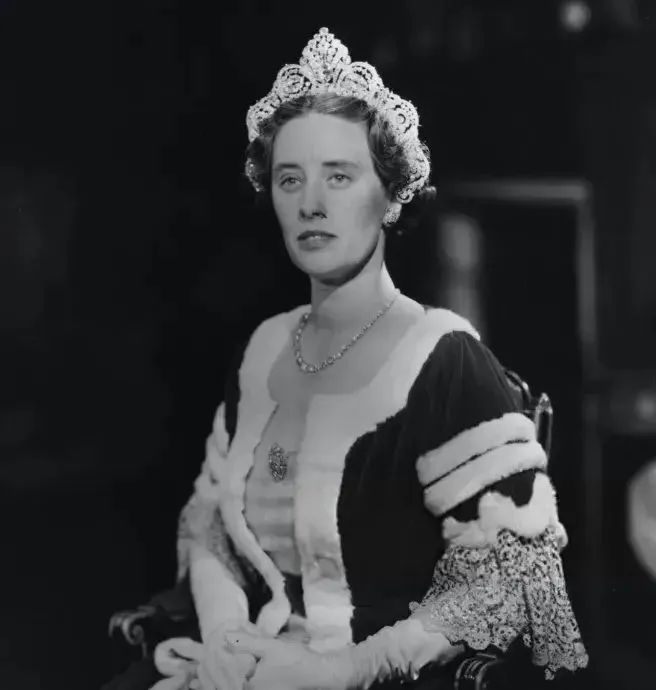
Subsequently, Harry Winston removed the three main stones, re-cut and polished them, and sold them separately. He replaced the original diamonds with three turquoises, which undeniably diminished the tiara’s splendor.
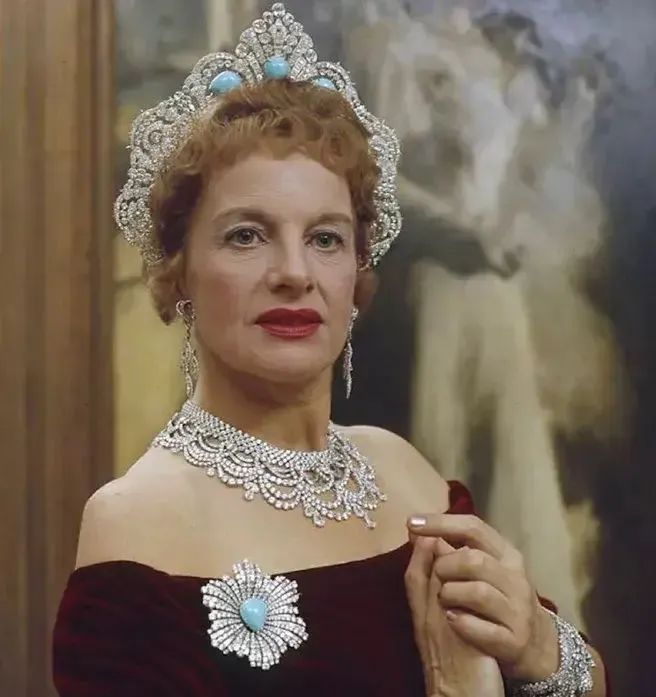
Although the Grosvenor family lost the Westminster Halo Tiara, the 6th Duke, Gerald Grosvenor, soon acquired another to replace it. He purchased the Bagration Spinel Tiara for his bride, Natalia Phillips. This tiara has a long history and a unique design with deep significance.

The Bagration Spinel Tiara was created by master jeweler Jean-Baptiste Fossin in the early 19th century. It originally belonged to Princess Catherine Bagration, the niece of Prince Grigory Potemkin – yes, the famous “favorite” of Catherine the Great. This princess later married into the Romanov family and was known for her beauty and eccentric personality.
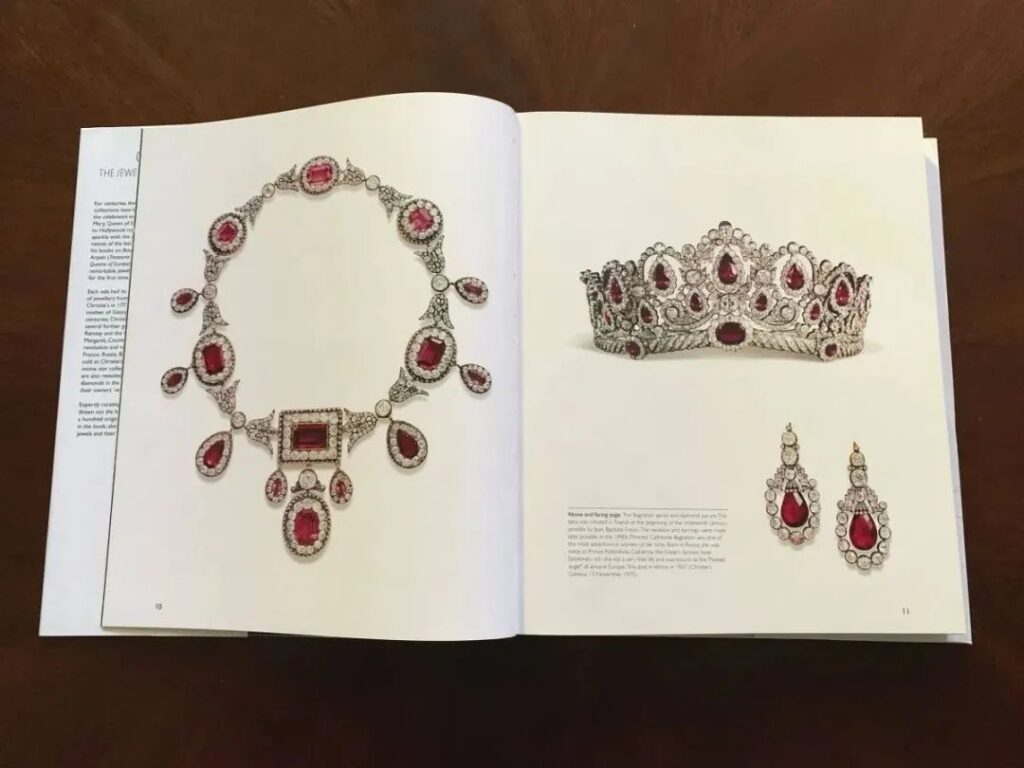
In 1977, Gerald Grosvenor bought this spinel jewelry set at auction for his bride, who was also a descendant of the Romanov family. She was a descendant of Tsar Nicholas and Alexander Pushkin. Natalia boldly chose this vibrant spinel tiara for her wedding, which was a rare choice among aristocrats. Typically, they preferred diamond or pearl tiaras to showcase the bride’s “purity.”
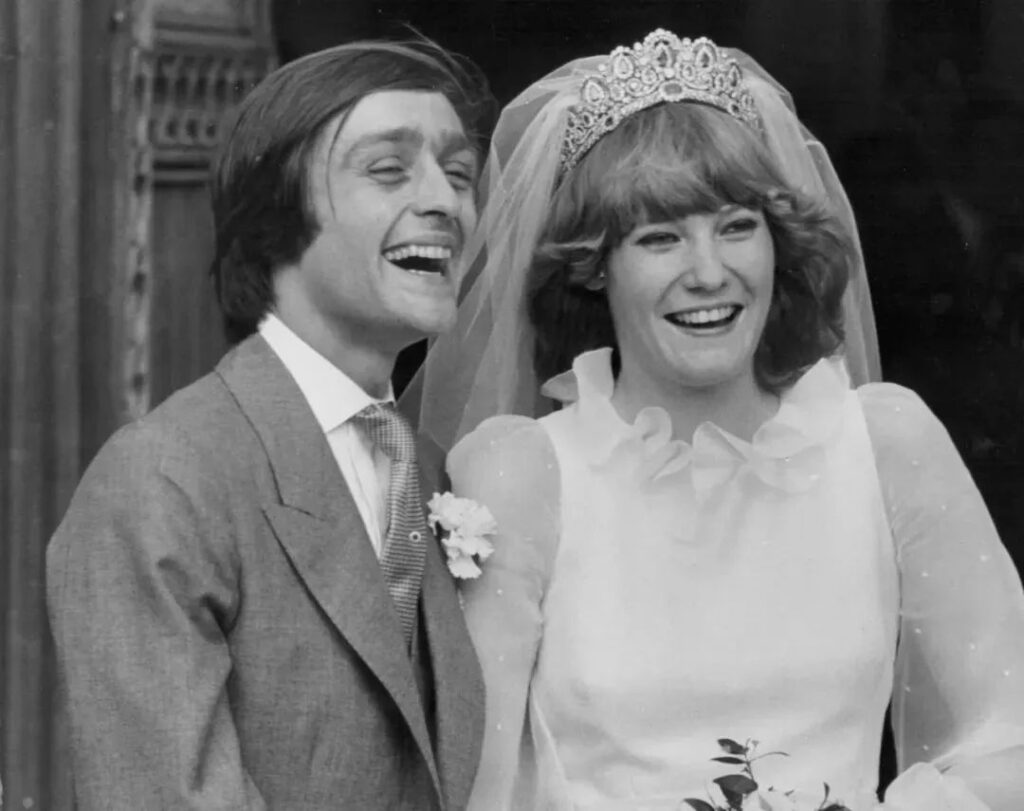
The Grosvenor family owned more than one antique tiara. In 1965, Gerald Grosvenor acquired the Harewood Fringe Tiara, which originally belonged to Princess Mary of the United Kingdom, from a Christie’s auction.
This tiara was made around 1890 and was one of Princess Mary’s wedding gifts in 1922. As the only daughter of Queen Mary and King George V, she received numerous jewelry gifts for her wedding, and this diamond fringe tiara was one of her favorites.
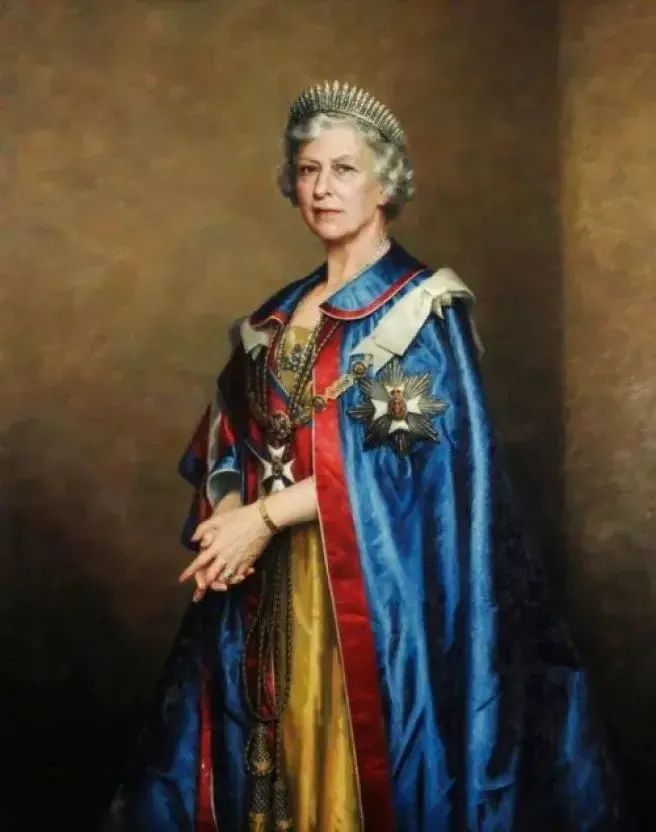
Given Natalia’s close ties to the British royal family – her mother, Lady Kennard, was a close friend of Queen Elizabeth II and Prince Philip, and she herself was Prince William’s godmother – many expected her to choose the Harewood Fringe Tiara for her wedding. However, she ultimately decided to pay homage to her ancient Russian lineage.
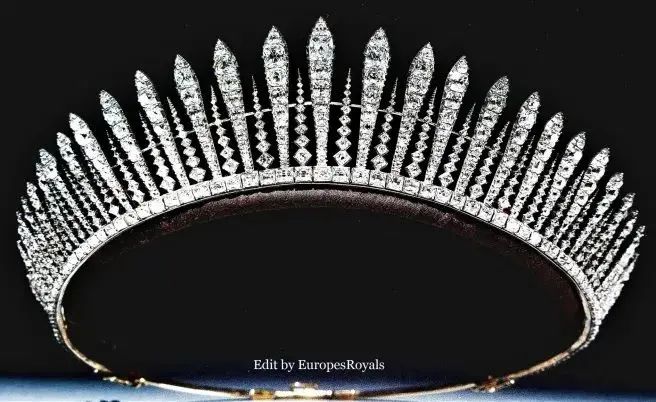
Before this wedding, many speculated that the bride, Olivia Henson, might choose the more classic Harewood Fringe Tiara. Like her groom, she’s known for being low-key, despite her noble heritage (her grandfather was a baronet and banker) and having been a classmate of Princess Eugenie.
After graduating, she worked as an account manager at a London food company. The couple maintained a low profile throughout their relationship, preferring to live a simple life away from the public eye.
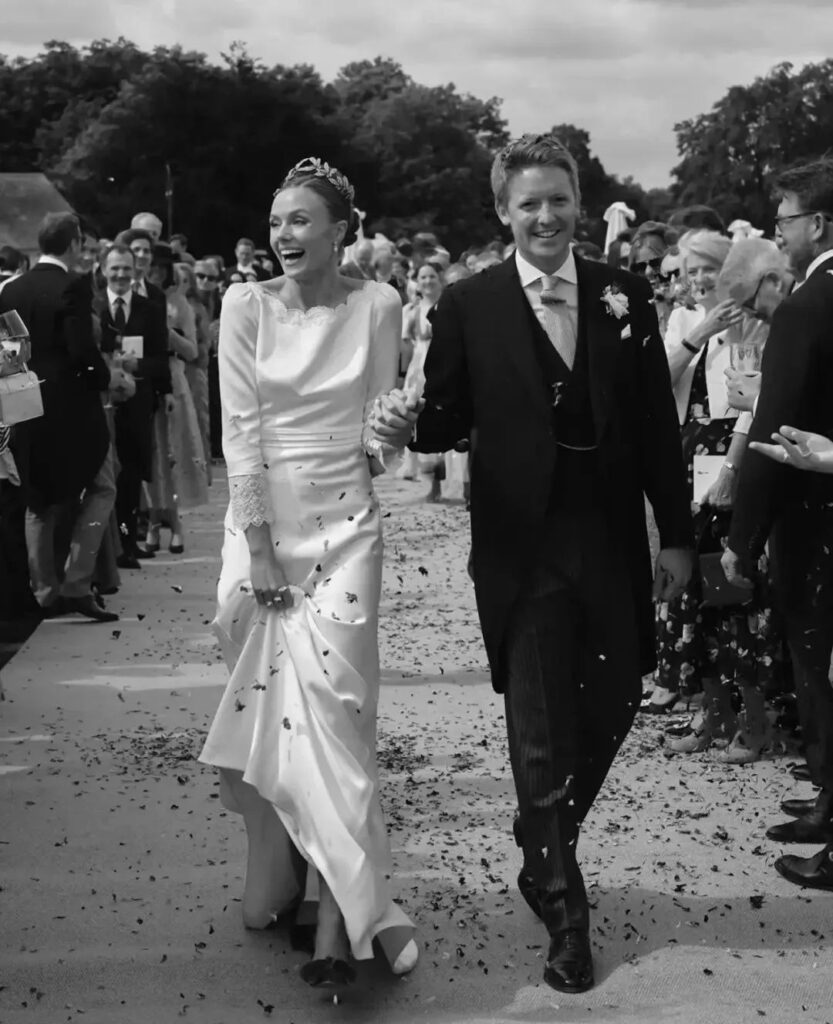
Of course, the Fabergé Myrtle Tiara suits the bride well. Its naturalistic style has an artistic flair that complements the bride’s gentle demeanor. The couple looks perfect together, and we wish them a lifetime of love and mutual support, just like the Duke’s parents!
The World’s Most Eligible Bachelor Ties the Knot: But This Stunning Tiara Stole the Show!
Tweet

